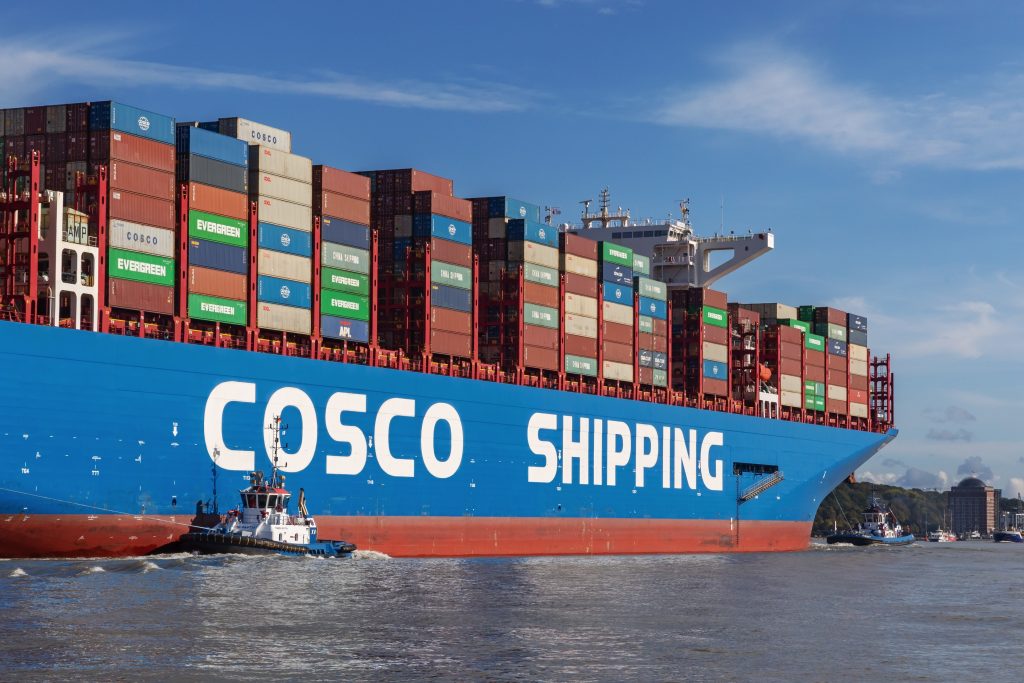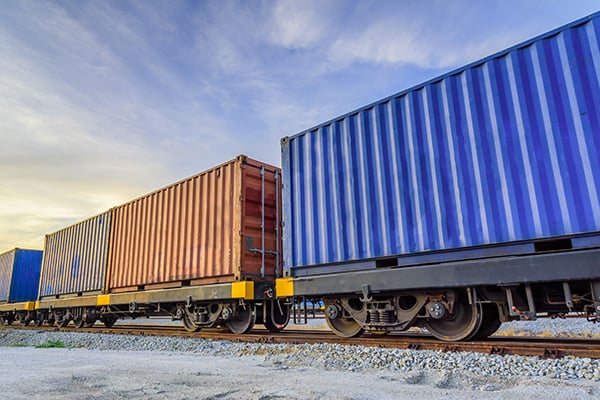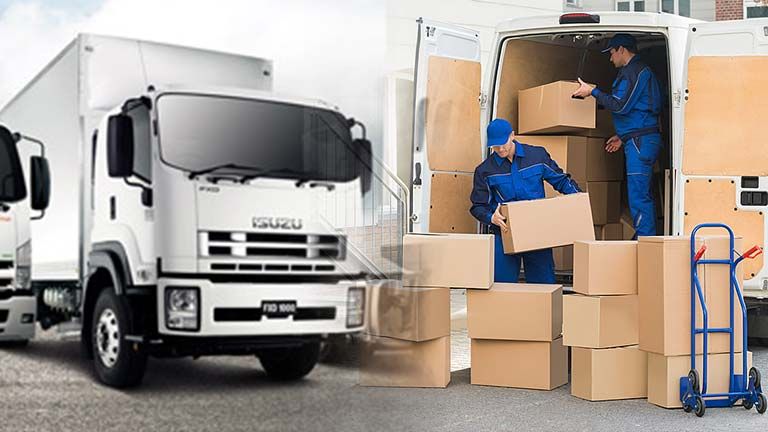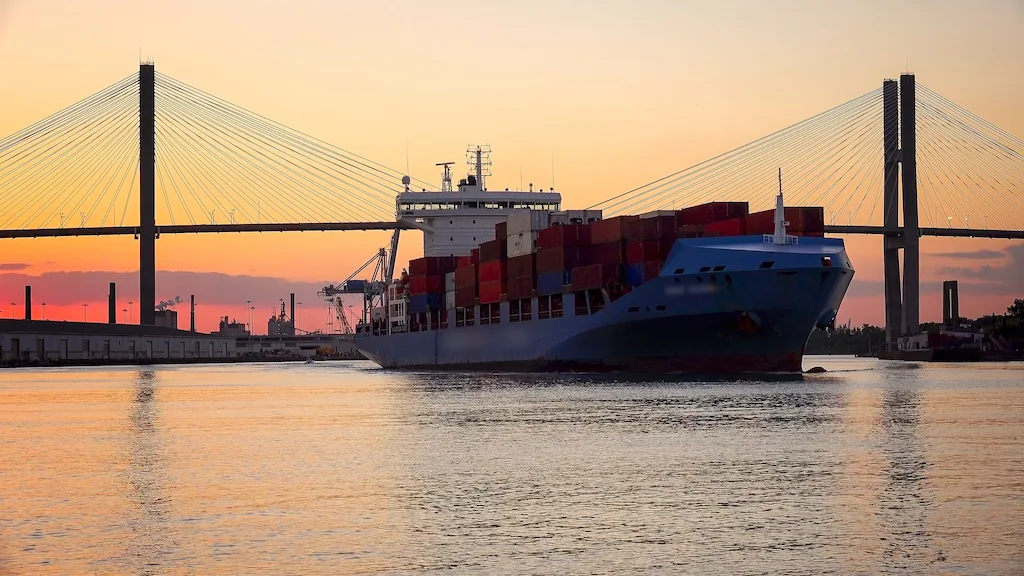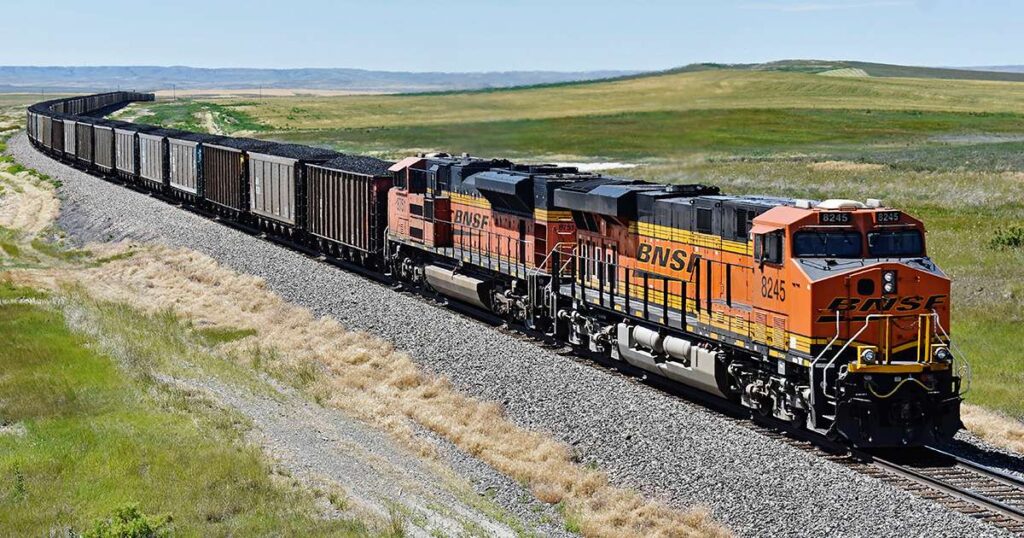Managing freight forwarding costs from China is one of the biggest challenges for importers worldwide. Businesses must balance shipping methods, customs charges, and delivery times to remain competitive. Fortunately, understanding cost structures and working with the right partner can lower expenses and simplify logistics.
What Affects Freight Forwarding Costs from China?
Several factors influence pricing:
- Shipping method (sea, air, rail, or courier).
- Container size and cargo volume.
- Origin and destination ports.
- Customs duties, tariffs, and value-added taxes.
- Seasonal demand and global fuel prices.
Moreover, importers should consider hidden fees such as documentation charges, handling costs, and insurance.
How Do Shipping Methods Compare?
| Mode of Transport | Cost Estimate | Transit Time | Pros | Cons |
|---|---|---|---|---|
| Sea Freight FCL | $1,200–$2,500 per container | 20–35 days | Low cost for bulk cargo | Slower, port delays possible |
| Sea Freight LCL | $50–$80 per CBM | 22–38 days | Affordable for small volumes | Longer clearance due to consolidation |
| Air Freight | $4.5–$8.5 per kg | 3–7 days | Fast, reliable | Expensive for heavy cargo |
| Rail Freight (to Europe) | $2,000–$3,500 per container | 14–20 days | Balanced time & cost | Limited destinations |
| Express Courier | $6–$12 per kg | 3–6 days | Door-to-door, easy tracking | High cost for large shipments |
Why Are Sea Freight Costs Still Popular?
Although air freight has grown, sea shipping remains dominant. It accommodates massive loads and significantly reduces per-unit shipping expenses. Additionally, forwarders can arrange flexible options such as part-loads (LCL) for businesses shipping smaller quantities.
How Much Do Containers Cost from China?
| Container Type | Dimensions | Average Cost (USD) | Best For |
|---|---|---|---|
| 20GP | 5.9m x 2.35m x 2.39m | $1,200–$1,600 | Light to medium cargo |
| 40GP | 12.03m x 2.35m x 2.39m | $2,200–$2,500 | High volume shipments |
| 40HQ | 12.03m x 2.35m x 2.69m | $2,300–$2,700 | Bulky or tall cargo |
What Role Do Customs Duties and Taxes Play?
Customs duties can represent up to 30% of landed costs depending on product classification. Importers must also calculate:
- Tariffs based on HS code.
- Value-Added Tax (VAT) in the destination country.
- Brokerage or inspection fees.
To illustrate, a shipment worth $20,000 may face $4,000 in combined duties, VAT, and local charges.
How Long Does Shipping Take from China?
| Route | Mode | Transit Time |
|---|---|---|
| Shanghai → Los Angeles | Sea | 18–22 days |
| Shenzhen → Rotterdam | Sea | 30–35 days |
| Guangzhou → Sydney | Sea | 14–18 days |
| Beijing → London | Air | 4–6 days |
| Chengdu → Hamburg | Rail | 15–20 days |
Transit times fluctuate depending on weather, customs congestion, and peak shipping seasons.
Case Studies on Freight Forwarding Costs from China
Case 1: Furniture Export to USA
- Route: Shanghai → Los Angeles
- Cargo: 40HQ, 28 tons furniture
- Mode: Sea Freight FCL
- Cost: $2,350
- Transit: 20 days
Result: Saved 35% versus splitting shipment into LCL.
Case 2: Fashion Retail Air Shipment
- Route: Guangzhou → Paris
- Cargo: 900 kg garments
- Mode: Air Freight
- Cost: $6,200
- Transit: 4 days
Result: Retailer met urgent fashion season deadlines with just-in-time delivery.
Can Incoterms Influence Costs?
Yes. Incoterms define cost responsibility between buyer and seller.
- FOB (Free on Board): Buyer controls shipping, often cheaper.
- CIF (Cost, Insurance & Freight): Seller arranges transport, costs included in price.
- DAP (Delivered at Place): Seller covers most expenses, buyer only pays local duties.
Importers often prefer FOB for transparency and better freight rate negotiation.
Should You Consider Door-to-Door Services?
Door-to-door shipping eliminates multiple intermediaries. Forwarders handle pickup, customs, and final delivery. Although slightly more expensive, it reduces complexity for businesses without in-house logistics teams.
How Do Forwarders Help Reduce Freight Forwarding Costs from China?
- Consolidating LCL cargo with multiple shippers.
- Negotiating bulk contracts with carriers.
- Advising optimal shipping routes and schedules.
- Managing customs clearance to avoid penalties.
Additionally, forwarders provide insurance options, protecting goods against loss or damage, thus reducing unexpected expenses.
What Are the Pros and Cons of Air vs Sea vs Rail?
| Factor | Sea Freight | Air Freight | Rail Freight |
|---|---|---|---|
| Cost | Low for bulk | High per kg | Mid-range |
| Speed | Slow | Fast | Moderate |
| Coverage | Global | Global | Limited to Eurasia |
| Best Use | Heavy goods | Urgent cargo | Balanced trade |
How Can You Accurately Estimate Freight Forwarding Costs?
1⃣️Gather shipment details (weight, dimensions, volume).
2⃣️Choose the right mode of transport.
3⃣️Request multiple forwarder quotes.
4⃣️Add customs, tariffs, and local delivery.
5⃣️Compare total landed cost, not just base freight.
Do Peak Seasons Affect Freight Costs?
Yes. During holidays like Golden Week or Christmas, demand surges and rates increase by 20–40%. Booking early with a forwarder helps lock in lower rates and ensures space availability.
Conclusion
Understanding freight forwarding costs from China is crucial for importers aiming to balance expenses and efficiency. With careful planning, selecting the right Incoterms, and working with professional freight forwarders, businesses can lower logistics costs while ensuring timely delivery. By combining data-driven decisions and experienced partners, companies can secure smoother global trade operations.
- Consult TJ China Freight Forwarding for the lowest quote. They will provide you with reliable, cost-effective service.
FAQs
Q1.How do I reduce freight forwarding costs from China for small cargo?
Use LCL shipping, which consolidates multiple shipments, lowering expenses compared to paying for a full container.
Q2.Are customs duties included in freight forwarding costs from China?
No, duties and taxes are separate from freight charges but forwarders help estimate and manage them.
Q3.Can freight forwarding costs from China be negotiated?
Yes, forwarders negotiate bulk rates with carriers, and importers can benefit from lower pricing through partnerships.
Q4.How can air freight forwarding costs from China be reduced?
Booking off-peak flights and consolidating shipments help minimize air freight charges per kilogram.
Q5.Should I choose FOB or CIF to control freight forwarding costs from China?
FOB is often preferred since buyers negotiate directly with forwarders, gaining better cost transparency.


